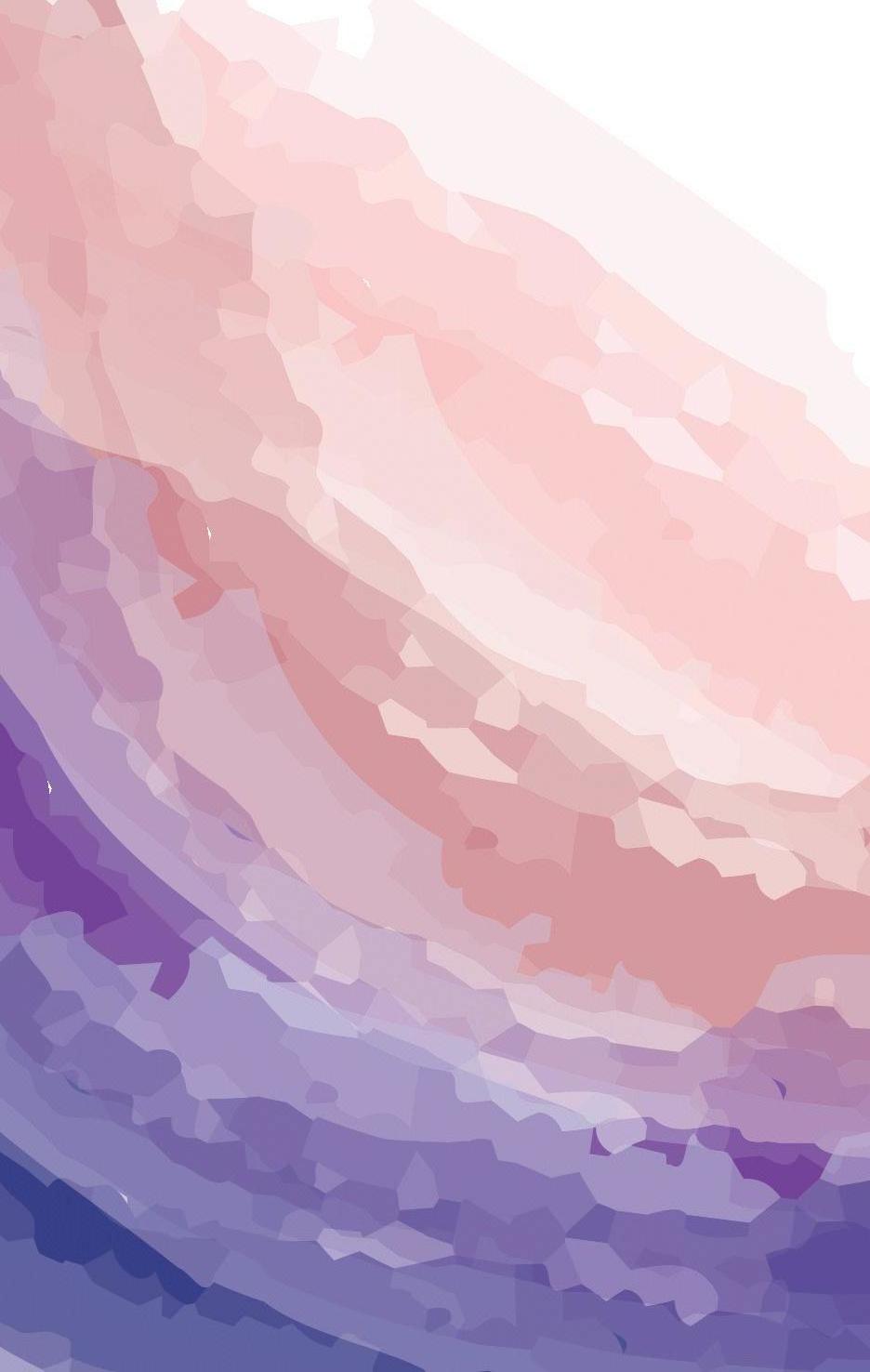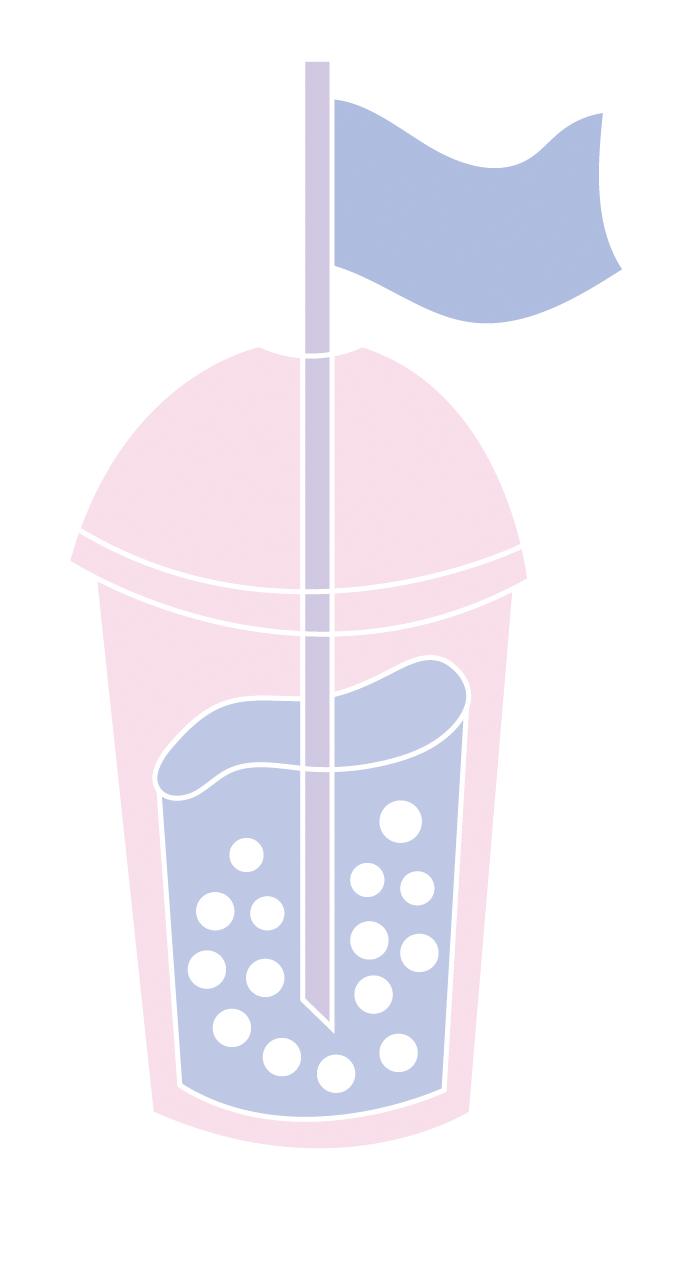Regina Wang
Feature
The Boba Generation: A portrait of Asian Australian youth culture by Regina Wang How bubble tea unifies the cultural values of diverse Asian ethnicities. Renee Wang took her first sip of bubble tea at the age of ten. Despite having a bad experience with boba at first, she began to grow an obsession over its unique taste and chewy texture. The strawberry-flavoured milk tea filled with “chewy” but relatively tasteless pearls was first given to her by a friend at an Asian street food festival. “It was the first time I’d ever seen the black tapioca pearls. I wasn’t much of a sweet tooth and the strawberry tasted like the artificial flavouring in confectionery,” says Renee, a UNSW engineering student. But after taste testing different flavoured milk tea at virtually every single boba store in Sydney, the 21-year-old became a diehard bubble tea addict slurping down boba at least twice a week. Sean, whose parents are from Gold Coast QLD, grew up hanging around Broadbeach’s bubble tea stores during holidays with school mates. Blasting out the latest CantoMandopop hits from Jay Chou and raps from counterculture Chengdu trap group Higher Brothers, the outlets presented more than just a relaxing spot for the third-culture adolescents to get their daily boba drink. The boba shop has become a snacky sanctuary of belonging. “There’s certainly something special about being in the boba shop, perhaps an inextricable connection to Asian culture or a space provided for us Asian Australians to freely express our identity and values. It had developed into a social club for Asian youth,” says Sean. “My friends and I are immigrants, and I never felt Australian or Asian. It was great to have this physical space for us where we could articulate our Asian identities while still growing up in Australia.” For Sean, food and drink are the “best way to bind people''.
48
Vulnerability







